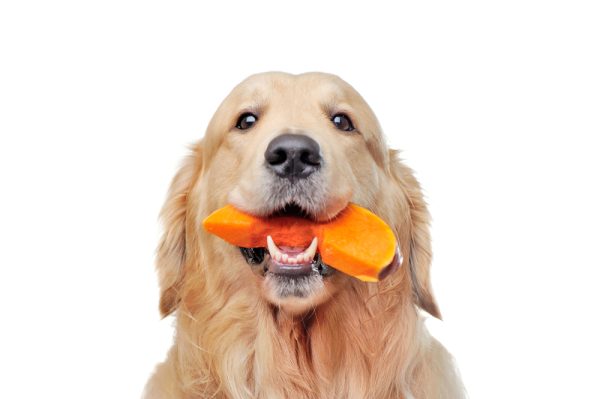In this article
If you’ve ever pet a Shiba Inu, you’ve likely noticed that your hand doesn’t come away with a ton of fur after you play with them. But does this mean Shiba Inus don’t shed? Hardly.
The truth of the matter is that a Shiba Inu possesses two distinct coats, which is usually referred to as a double coat. Their coat is short, and while they’re not the most extreme shedders, they do shed moderately. It’s worth noting that their shedding isn’t limited to specific seasons—they can shed all year round!
But why is this the case, and what can you do to help control the amount of hair coming off your pup? We’ll answer those questions and more for you here.

How Much Do Shiba Inus Shed?

According to the American Kennel Club (AKC), the Shiba Inu is a moderate shedder and sheds more than the average amount for a dog. But while that technically might be true, it only tells you part of the story.
That’s because a Shiba Inu has a double coat, and twice a year, they completely blow coat. This means they shed the entirety of one of their coats and regrow it to adjust to the new season. When this happens, your Shiba Inu is far from a moderate shedder, it’s an extreme shedder.
The flip side is that you only have to deal with this twice a year, while throughout the rest of the year, a Shiba Inu hardly sheds at all. So, when you put it all together, they’re a moderate shedder, but the truth is that throughout the year, your Shiba Inu is either shedding a ton or not at all.
The 4 Tips to Help With Your Shiba Inus Shedding
If you’re finding that your Shiba Inu is shedding more than they should or if you’re just trying to reduce the amount they shed, even if it’s a normal amount, there are a few things you can do. We’ve highlighted four helpful tips that can help reduce the amount of hair your Shiba Inu sheds.
1. Consistent Baths
While you can definitely overdo it with baths, a bath once a month can be one of the most effective ways to help control shedding. In fact, when they’re blowing coat, you might want to consider increasing the interval to once every 2 weeks to help get rid of all the extra hair.
However, baths do strip your Shiba Inu of essential oils and nutrients on their skin and coat, so you’ll only want to use a pet-safe shampoo.

2. A High-Quality Diet
If your Shiba Inu is shedding far more than they should throughout the year, you should pay attention to their diet. Your pup requires certain fatty acids and other nutrients to ensure their skin and coat are in top condition. Low-quality food doesn’t come with everything their bodies require, so ensure you’re feeding them a high-quality diet that meets all their nutritional needs. When in doubt, reach out to a vet to ensure the food you’re giving them is adequate.
If you need to speak with a vet but can't get to one, head over to PangoVet. It's our online service where you can talk to a vet online and get the personalized advice you need for your pet — all at an affordable price!
3. Consistent Brushing
If your Shiba Inu is blowing coat, one of the best things you can do to help get it under control is to consistently brush them. We recommend brushing them out at least once a day during these times, although you might see the benefits of brushing them out twice a day. Bathing them regularly can also help make their coat look good and might reduce shedding. Remember to use a pet-safe shampoo and, generally speaking, don’t bathe them more often than once a month.
When they’re not blowing coat, you won’t need to brush them out as often, but brushing them at least monthly helps control shedding and keeps knots from forming.

4. Supplements
We recommend reaching out to a vet before giving your dog any supplements. While there’s some evidence to support giving them a fatty acid supplement regularly can help with skin and coat health shedding, it’s better to do this in collaboration with your vet. Fatty acids help with skin and hair growth and maintenance, and because of this, they can lead to a healthier coat. And, of course, a healthier coat means one they won’t need to shed as often, which translates to less shedding for you. Talk about a win-win!

In Conclusion
Now that you know a little more about how and why a Shiba Inu sheds, it’s time to prepare for managing their shedding throughout the year! While dealing with their fur might require regular upkeep, their charming personality, and lovable nature make it all worthwhile for most pet owners.
Featured Image Credit: Ultraskrip, Shutterstock


















